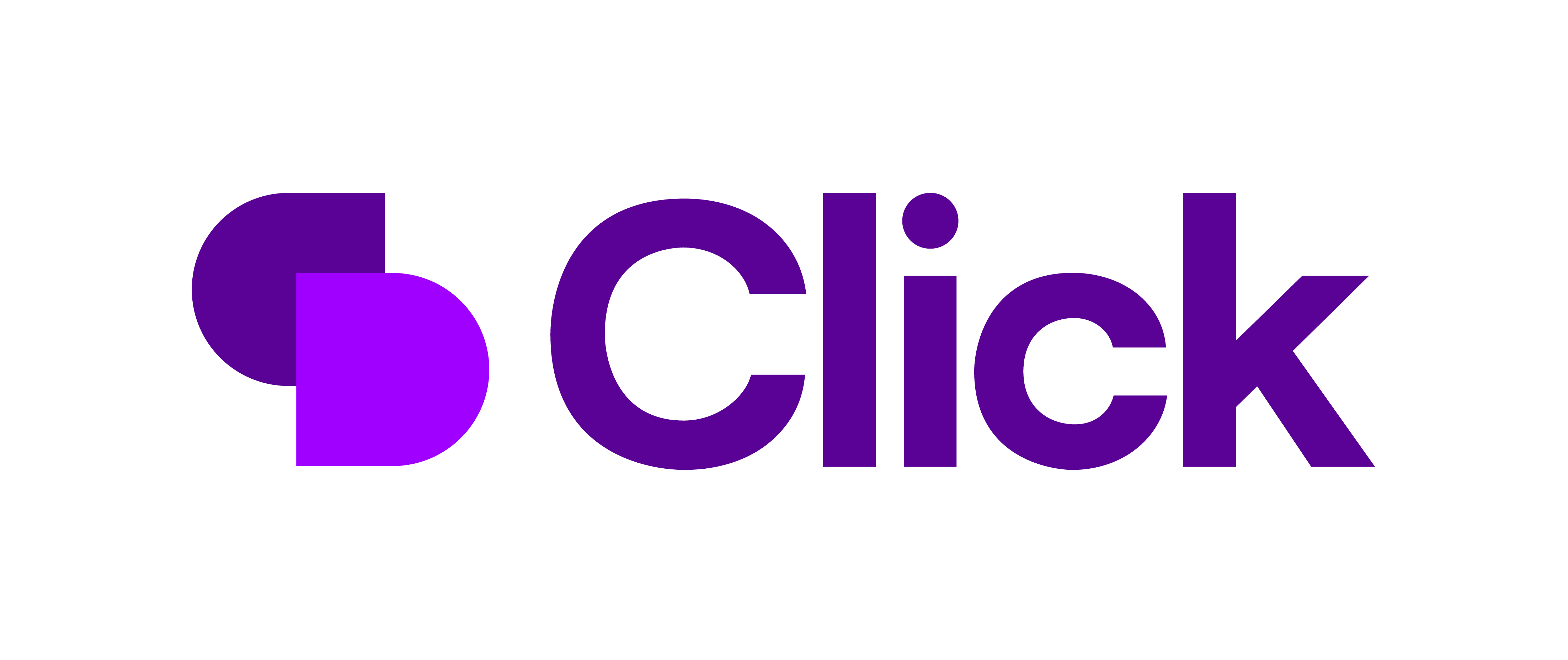Migrate from legacy systems to Azure to unlock future-proofing capabilities and a roadmap for lasting modernisation
It might be hard to picture it sometimes, but the decisions we make today, the decisions we make every day in fact, will be the ones that go on to shape the future of our organisations for years to come.
Nowhere is this more apparent than in the decisions we make around our IT infrastructure.
Systems that have become legacy, once the bedrock of our operational stability, are now huge roadblocks to progress, innovation and cutting-edge competitiveness in this new, AI-led, data age.
Modernisation and transformation can’t just be buzzwords anymore; they’re instead, an absolute strategic necessity.
Legacy systems, whilst no doubt robust in their time, weren’t designed to meet the demands of the contemporary business environment. They just can’t:
Whilst the imperative for change may seem clear to most; I thought it might be important to stop a second and take a minute to discuss the challenges being created by legacy systems.
The challenges that will eventually hinder an organisation’s growth and competitiveness in their chosen sector:
The decision to migrate away from a legacy system is never one taken lightly, but past a certain point the false economy of investing more and more into it can’t be denied.
However, that makes choosing the right platform for the transformation even more crucial, so as not to be in the exact same position five or ten years from now.
Now I obviously think that, with its comprehensive suite of services and capabilities, Microsoft Azure should be any organisation’s first stop for a legacy migration journey.
But I work for a Microsoft Partner, so I would say that, right?
Azure’s Reliability And Scalability
Let’s look at reliability first.
Azure’s built on Microsoft’s global network of data centres, meaning, short of an actual apocalypse, you’re always going to have high availability and fault tolerance.
All your critical applications and data will be hosted in a robust infrastructure that was designed to minimise downtime and ensure business continuity. And with a 99.9% uptime service-level agreement (SLA), Azure is always there to keep systems up and running.
Moving on to scalability, a common complaint of legacy systems is that they often struggle to adapt to changing workloads.
That’s where Azure steps in, offering unparalleled scalability to let you ramp resources up or down as needed. It won’t matter if you’re experiencing rapid growth or seasonal fluctuations, Azure’s flexibility means your infrastructure will be able to handle it without overprovisioning or overspending (something your CFO will love).
Speaking of CFO’s… We should probably take a minute to look at the money side of things.
Migrating to Azure almost always leads to a huge reduction in costs.
As you’re only paying for the resources you use, you eliminate the need for costly upfront investments in hardware and infrastructure.
Azure’s pay-as-you-go pricing model means your IT expenses become aligned with actual usage, making it a cost-effective solution that doesn’t deprecate over time. However, if yours is the kind of infrastructure that needs constant, provisioned computing services, then Azure’s got you covered for that too.
But it’s not just about the cost savings; it’s also about the investment in an organisation’s future.
By digitally transforming legacy systems, you can begin to unlock the potential for improved productivity, agility and innovation.
Any CFO worth their salt will tell you that those things very quickly translate to higher ROI as your organisation becomes more competitive and efficient.
As I’ve already pointed out… Microsoft take security seriously.
Microsoft Azure offers a huge array of built-in security features, including threat detection, identity and access management, API management services, firewalls, key vaults, DDoS protection, data encryption, application gateways… I honestly could go on.
They also invest heavily in developing the very latest in cybersecurity technology, ensuring that your data and applications are protected from constantly evolving threats.
We also need to consider the compliance angle.
Many people reading this will live in, and work for an organisation that operates in a regulated sector.
For those people and companies, Azure provides a range of compliance certifications, such as HIPAA, GDPR, and ISO 27001, meaning you can confidently migrate your sensitive data and still maintain compliance with industry-specific regulations, reducing the risk of costly fines, penalties or reputational damage.
To ensure a smooth transition, it’s important when migrating legacy systems to Azure, that you follow a structured approach to maximise benefits as quickly as possible.
The Azure Migration Framework was created to do just that.
It’s a comprehensive methodology designed to guide organisations through every step of the migration journey and consists of four key phases, (all of which FormusPro and I will happily undertake for you if you need us to):
Before embarking on a migration project, you need to ensure you’ve a deep understanding of your existing legacy ecosystem.
With that in mind, this phase involves:
Once you’ve a clear picture of your legacy ecosystem, the planning phase will involve creating a detailed migration strategy which should include:
With a well-crafted plan in place the next phase, migration phase, involves actually executing the transition to Azure:
However, migrating all your legacy apps to Azure isn’t just about the transition; it’s also about continuous improvement after the fact:
Summing things up, Azure isn’t just a platform for the present. As corny as it might sound, you need to consider it your ‘gateway to the future’.
Once in place you’ll be exponentially more agile and can start to explore the rest of the Microsoft stack for AI, ML CRM and IoT solutions, amongst others…

Written By:

Behind The Scenes @ FormusPro As A Testing Consultant

How To Explain Dynamics 365 To Someone With Lego

Quick Links
What We Do
Where We Work
UK Head Office:
Shell Store, Canary Drive, Rotherwas, Hereford, HR2 6SR
UK Kidderminster Office:
Gemini House, Stourport Rd, Kidderminster DY11 7QL
US Office:
360 Central Avenue, Suite 800 St. Petersburg, FL 33701
© 2024 Formus Professional Software.